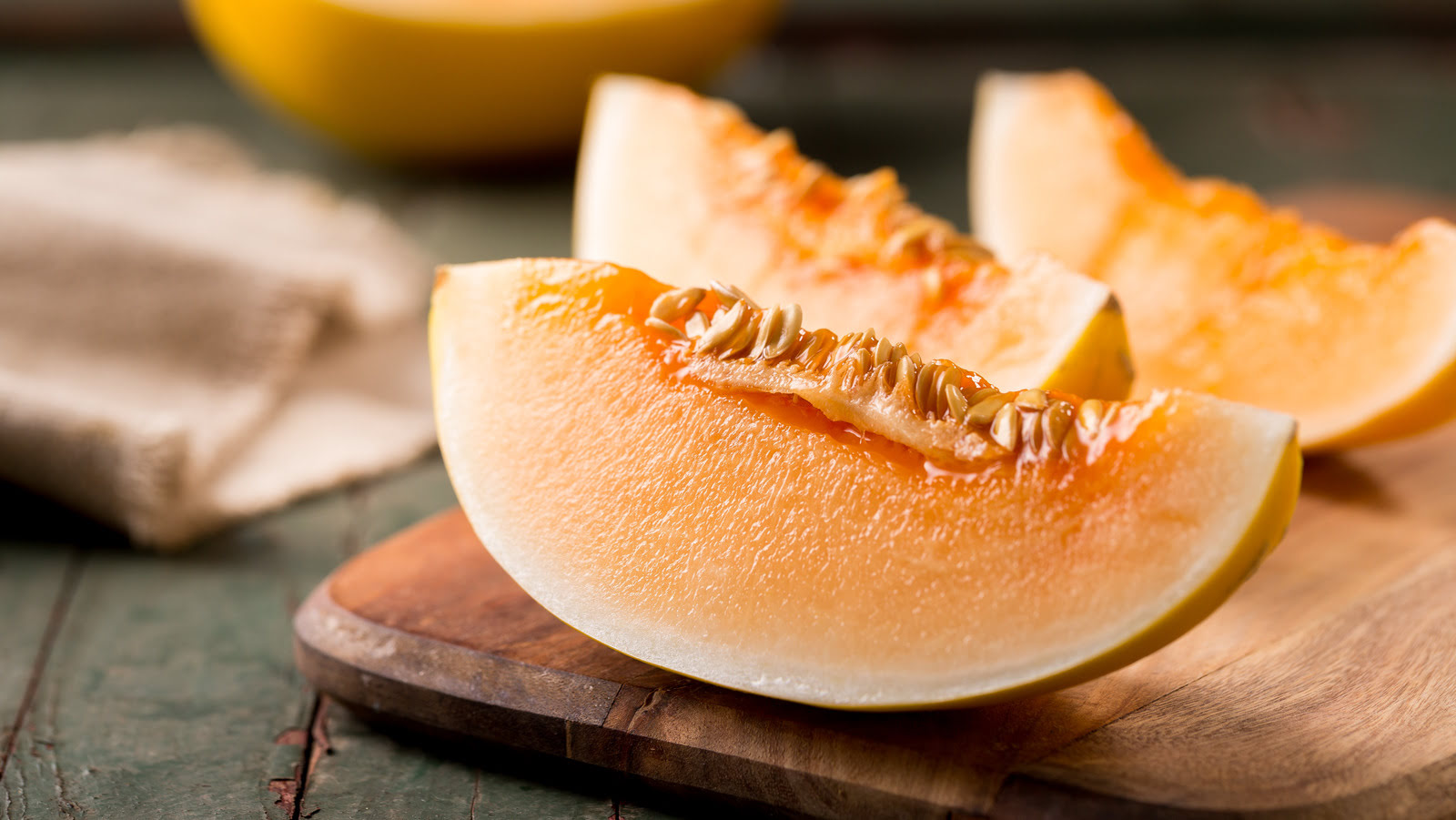

Articles
How To Store Cantaloupe Seeds
Modified: January 6, 2024
Learn the best methods for storing cantaloupe seeds and ensure their longevity with our informative articles. Expert tips and tricks await!
(Many of the links in this article redirect to a specific reviewed product. Your purchase of these products through affiliate links helps to generate commission for Storables.com, at no extra cost. Learn more)
Introduction
Welcome to our comprehensive guide on how to store cantaloupe seeds. Cantaloupes, also known as muskmelons, are delicious and refreshing fruits that are enjoyed by many. Whether you’ve grown your own cantaloupes or purchased them from a local market, saving the seeds for future use can be a rewarding experience.
By following a few simple steps, you can ensure that your cantaloupe seeds remain viable for planting or culinary use. Properly stored seeds can retain their freshness and vitality for months, enabling you to enjoy the same great taste and juiciness with each new generation of cantaloupes.
In this guide, we will walk you through the process of harvesting, cleaning, drying, and storing cantaloupe seeds. So, let’s dive in and learn how to store cantaloupe seeds for future use!
Key Takeaways:
- Preserve the Flavor and Vitality
Learn how to store cantaloupe seeds for future planting or culinary use. From harvesting to proper storage, ensure the longevity and freshness of your seeds for delicious cantaloupes. - Embrace Sustainable Seed Saving
By following simple steps, you can save and store cantaloupe seeds, enabling a continuous supply of fresh fruits and the joy of sharing with others. Happy seed storing and gardening!
Read more: How To Save Cantaloupe Seeds
Step 1: Harvesting the Cantaloupe Seeds
The first step in storing cantaloupe seeds is to harvest them from ripe fruits. It is important to select fully mature cantaloupes for seed extraction, as immature fruits may result in seeds that are not viable for planting.
To determine if a cantaloupe is ready for harvesting, gently press the fruit’s outer skin. If it gives slightly and has a sweet aroma, it is likely ripe and ready for seed extraction.
Once you have identified a ripe cantaloupe, follow these steps to harvest the seeds:
- Using a sharp knife, cut the cantaloupe in half lengthwise.
- Scoop out the seeds and flesh from the center of the fruit using a spoon or your fingers.
- Place the seeds and flesh into a large bowl or container.
- Continue this process with all the ripe cantaloupes you have.
It’s important to note that while extracting the seeds, you may come across some strands of flesh attached to them. Some experts suggest removing the flesh entirely, while others believe that leaving a small amount of flesh on the seeds can aid in their preservation. You can choose whichever method you prefer, but make sure the seeds are relatively clean and free from debris.
Now that you’ve successfully harvested the cantaloupe seeds, it’s time to move on to the next step: cleaning and preparing the seeds for storage.
Step 2: Cleaning and Preparing the Seeds
After harvesting the cantaloupe seeds, it’s essential to clean and prepare them before storing. This step ensures that the seeds are free from any residue or contaminants that could compromise their quality during storage.
Follow these simple steps to clean and prepare the cantaloupe seeds:
- Place the harvested seeds in a fine-mesh sieve or colander.
- Rinse the seeds under cold running water, gently rubbing them between your fingers to remove any remaining flesh or debris.
- Continue rinsing until the water runs clear, indicating that the seeds are clean.
- Alternatively, you can soak the seeds in a bowl of water for about 10 minutes, gently agitating them to remove any residue.
- Once the seeds are clean, transfer them to a paper towel or clean kitchen towel.
- Pat the seeds dry with the towel and remove any excess moisture.
It is important to ensure that the seeds are completely dry before moving on to the next step. Excess moisture can lead to mold or rot during storage, reducing the viability of the seeds.
Now that the cantaloupe seeds are clean and dry, we can proceed to the next step: drying them for long-term storage.
After removing the seeds from the cantaloupe, rinse them thoroughly to remove any pulp. Then, spread the seeds out on a paper towel and allow them to air dry completely before storing them in an airtight container in a cool, dry place.
Step 3: Drying the Cantaloupe Seeds
Drying the cantaloupe seeds is a crucial step in the storage process, as it helps to remove any remaining moisture and ensures that the seeds remain viable for an extended period. Properly dried seeds have a better chance of germinating when planted or maintaining their flavor when used in culinary applications.
Follow these steps to dry the cantaloupe seeds:
- Spread the clean and dry cantaloupe seeds in a single layer on a piece of parchment paper or a clean, dry plate.
- Place the seeds in a well-ventilated area away from direct sunlight. Optimal drying conditions include low humidity and room temperature.
- Allow the seeds to air dry for at least one to two weeks. During this time, periodically check on the seeds and gently stir them to promote even drying.
- Ensure that the seeds are completely dry before proceeding to the next step. They should feel hard and have no moisture when touched.
- If you live in an area with high humidity or need to expedite the drying process, you can use a dehydrator set to a low temperature (around 95°F or 35°C) to speed up drying. Make sure to follow the manufacturer’s instructions for your specific dehydrator model.
It’s important to note that cantaloupe seeds should not be dried using heat sources such as ovens or microwaves. High temperatures can damage the seeds’ viability and affect their ability to sprout or maintain their flavor.
After properly drying the cantaloupe seeds, we can move on to the final step: storing them for future use.
Step 4: Storing the Cantaloupe Seeds
Proper storage of cantaloupe seeds is essential to maintain their viability and ensure successful germination or culinary use in the future. By following these guidelines, you can maximize the longevity of your stored cantaloupe seeds:
- Ensure that the dried cantaloupe seeds are completely cool before storing them. Any residual warmth can lead to moisture build-up and spoilage.
- Place the seeds in airtight containers such as glass jars, resealable plastic bags, or seed envelopes. The goal is to prevent moisture and air from reaching the seeds, as these factors can reduce their viability.
- Label the containers with the seed variety and date of harvesting. This will help you keep track of the stored seeds and their freshness.
- Store the containers in a cool, dry, and dark location. A pantry or a refrigerator set at a temperature between 32°F to 41°F (0°C – 5°C) are ideal options for long-term seed storage.
- Periodically check on the stored seeds to ensure that no moisture or mold is present. If you notice any signs of deterioration, discard the affected seeds and transfer the remaining seeds to a fresh, dry container.
- For optimal viability, it is recommended to use the stored cantaloupe seeds within 2-3 years. While some seeds may remain viable for longer periods, their germination rates may gradually decrease over time.
Storing cantaloupe seeds allows you to grow your own delicious cantaloupes or use them in various culinary creations. By following these storage guidelines, you can preserve the quality and freshness of the seeds, ensuring successful outcomes in your future endeavors.
Congratulations! You have successfully completed the process of storing cantaloupe seeds. With proper care and attention to detail, you can enjoy the benefits of saving and utilizing your own cantaloupe seeds for years to come.
Remember, seed saving is an enriching and sustainable practice that not only saves money but also allows you to continue the cycle of growth, enjoyment, and sharing with others.
Happy seed storing!
Read more: How To Preserve Cantaloupe Seeds
Conclusion
Storing cantaloupe seeds is a simple yet rewarding process that allows you to preserve the flavor and vitality of these delicious fruits. By following the steps outlined in this guide, you can ensure that your cantaloupe seeds remain viable for planting or culinary use.
From harvesting the seeds from ripe cantaloupes to cleaning, drying, and storing them properly, each step plays a crucial role in maintaining the quality and longevity of the seeds. By providing optimal conditions such as cleanliness, dryness, and cool temperatures, you can maximize the chances of successful germination and enjoyable culinary experiences.
Remember to label and date your stored seeds for easy organization and tracking. Utilize airtight containers in a cool, dry, and dark location to protect the seeds from moisture and air exposure. Periodically check on the stored seeds to ensure their integrity, discarding any signs of deterioration.
By storing cantaloupe seeds, you embrace the sustainable practice of seed saving, enabling you to have a continuous supply of fresh cantaloupes or the ability to share their seeds with others. So start saving those seeds and savor the joy of growing your own juicy and flavorful cantaloupes!
Explore the possibilities of seed saving and enjoy the bountiful harvest that nature provides.
Happy gardening and culinary adventures!
Frequently Asked Questions about How To Store Cantaloupe Seeds
Was this page helpful?
At Storables.com, we guarantee accurate and reliable information. Our content, validated by Expert Board Contributors, is crafted following stringent Editorial Policies. We're committed to providing you with well-researched, expert-backed insights for all your informational needs.
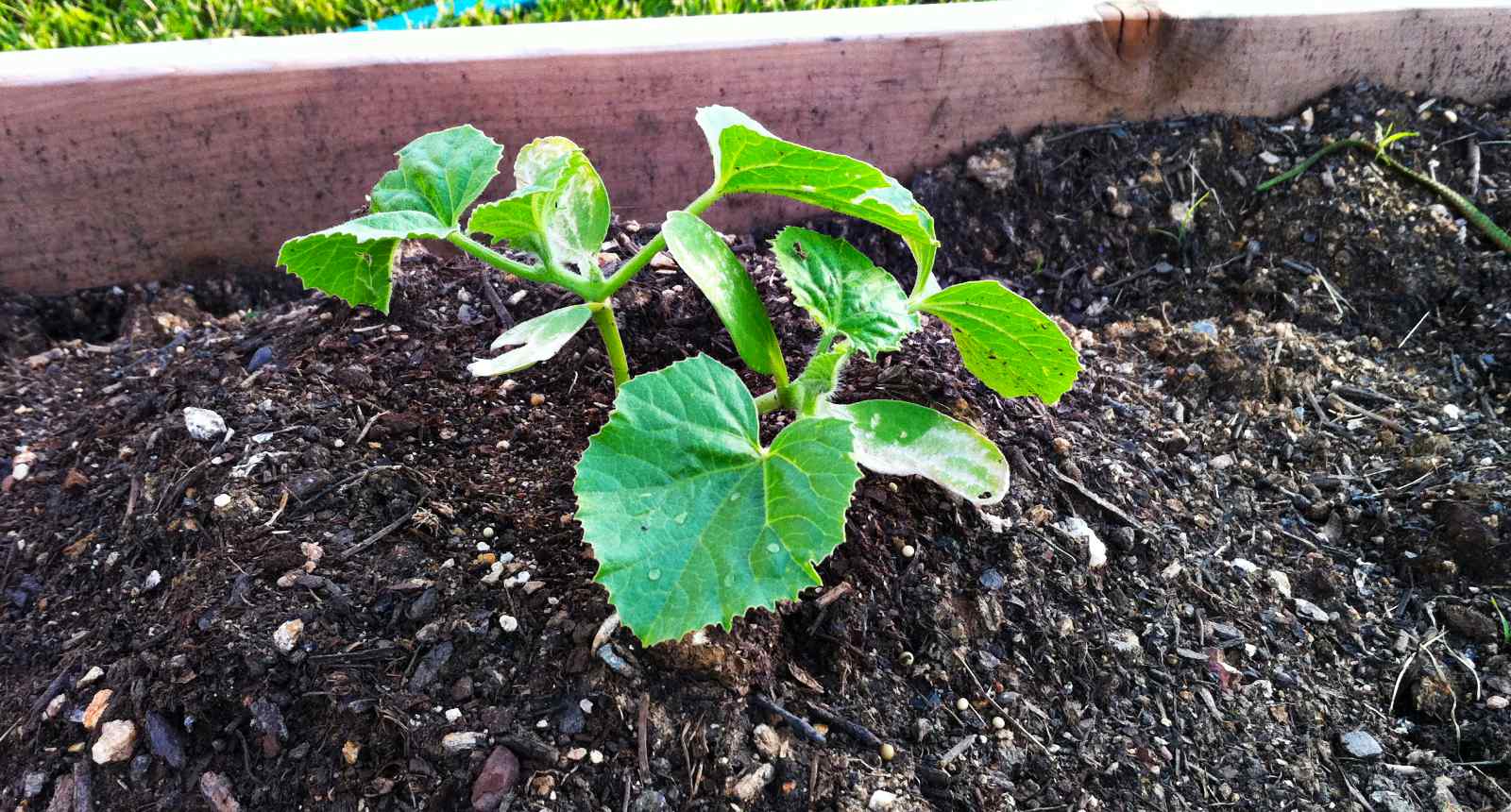
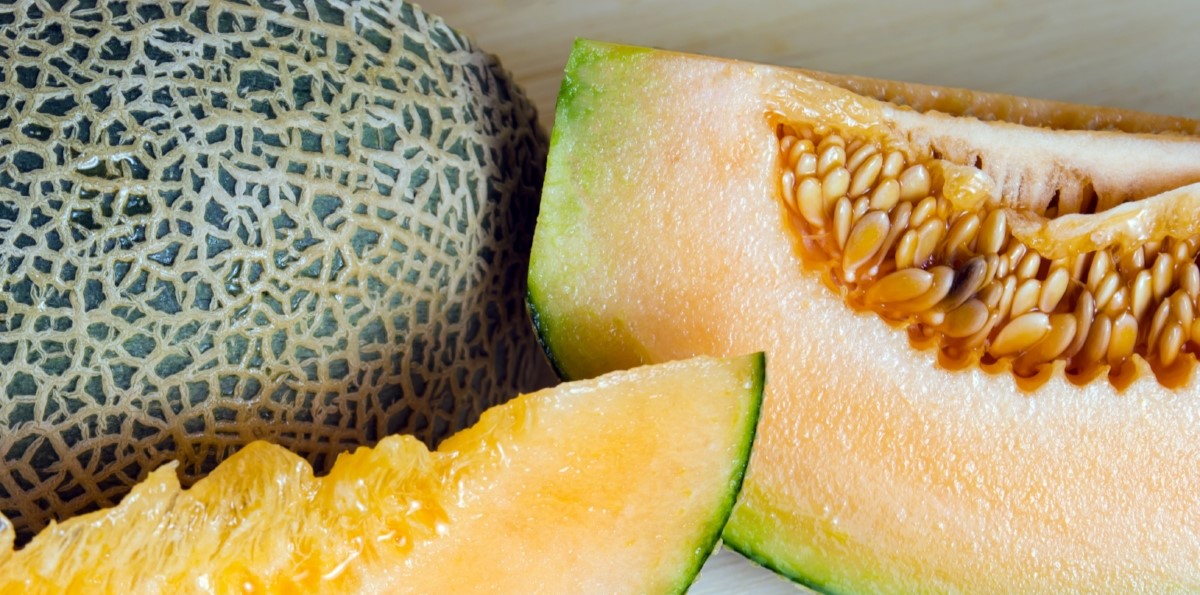
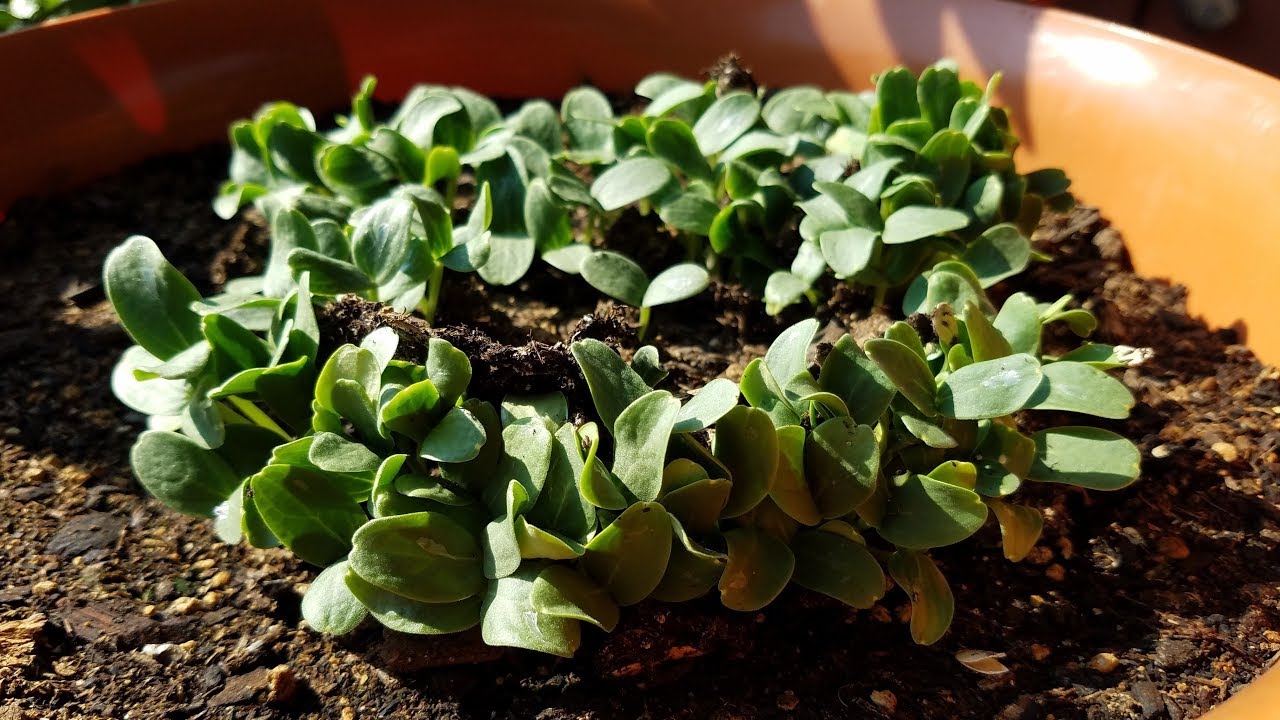
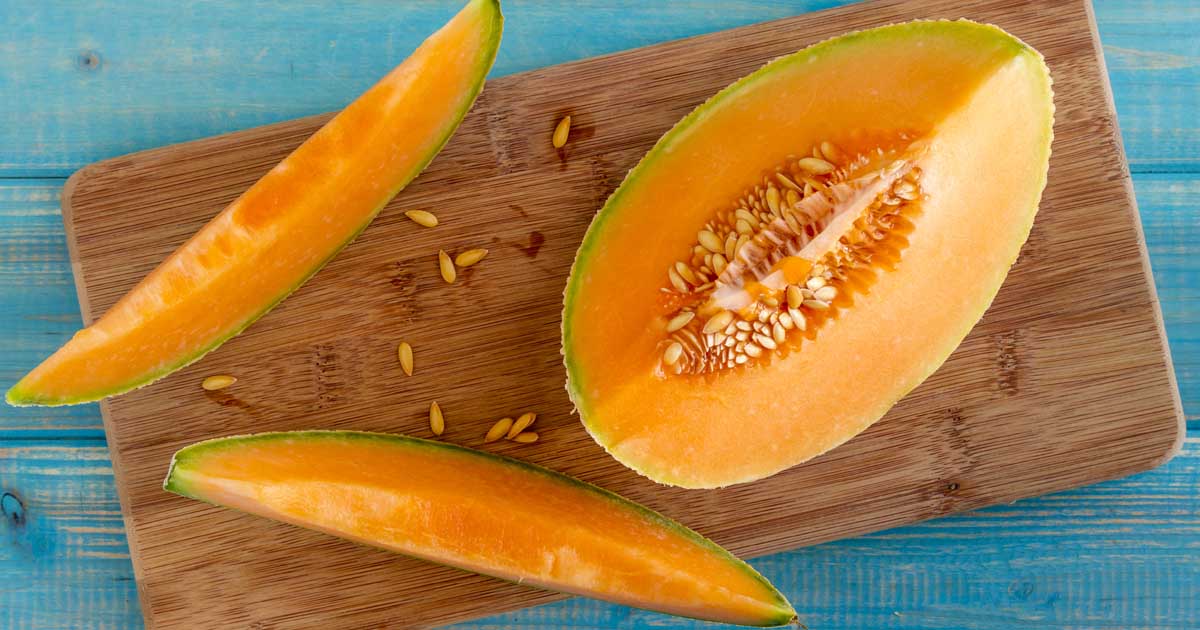
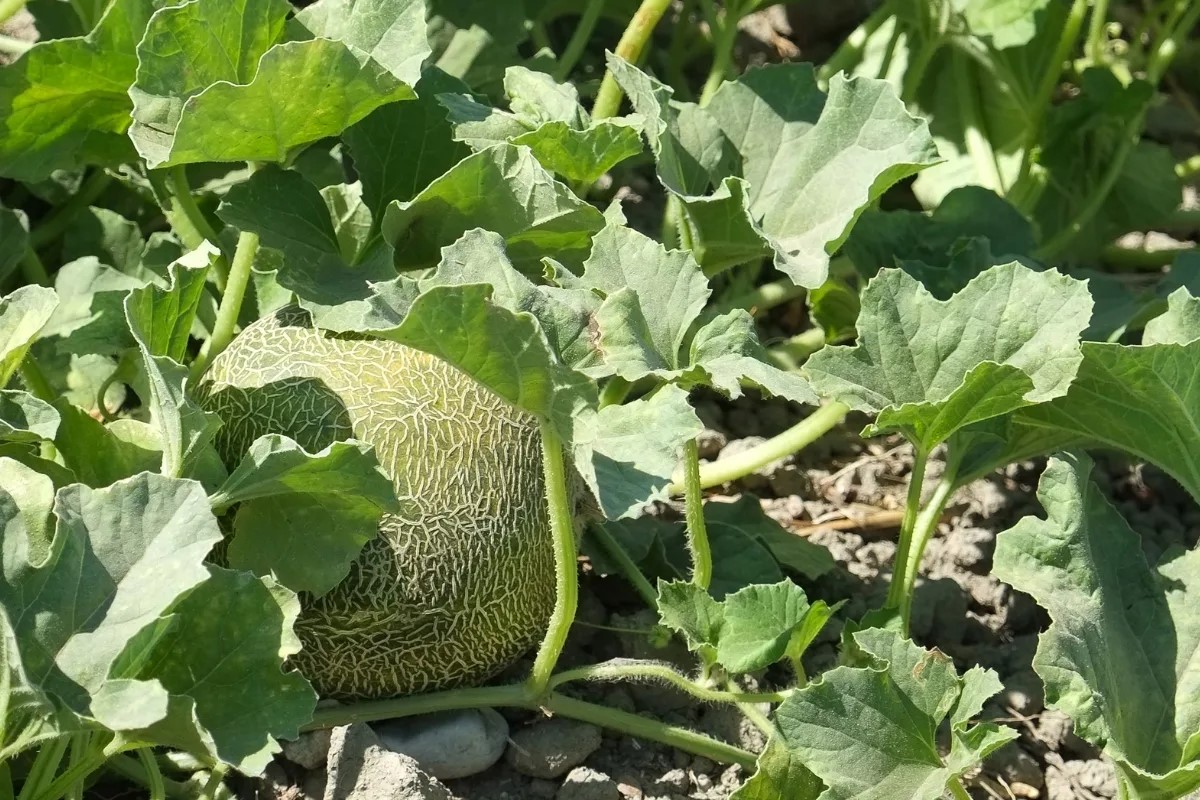
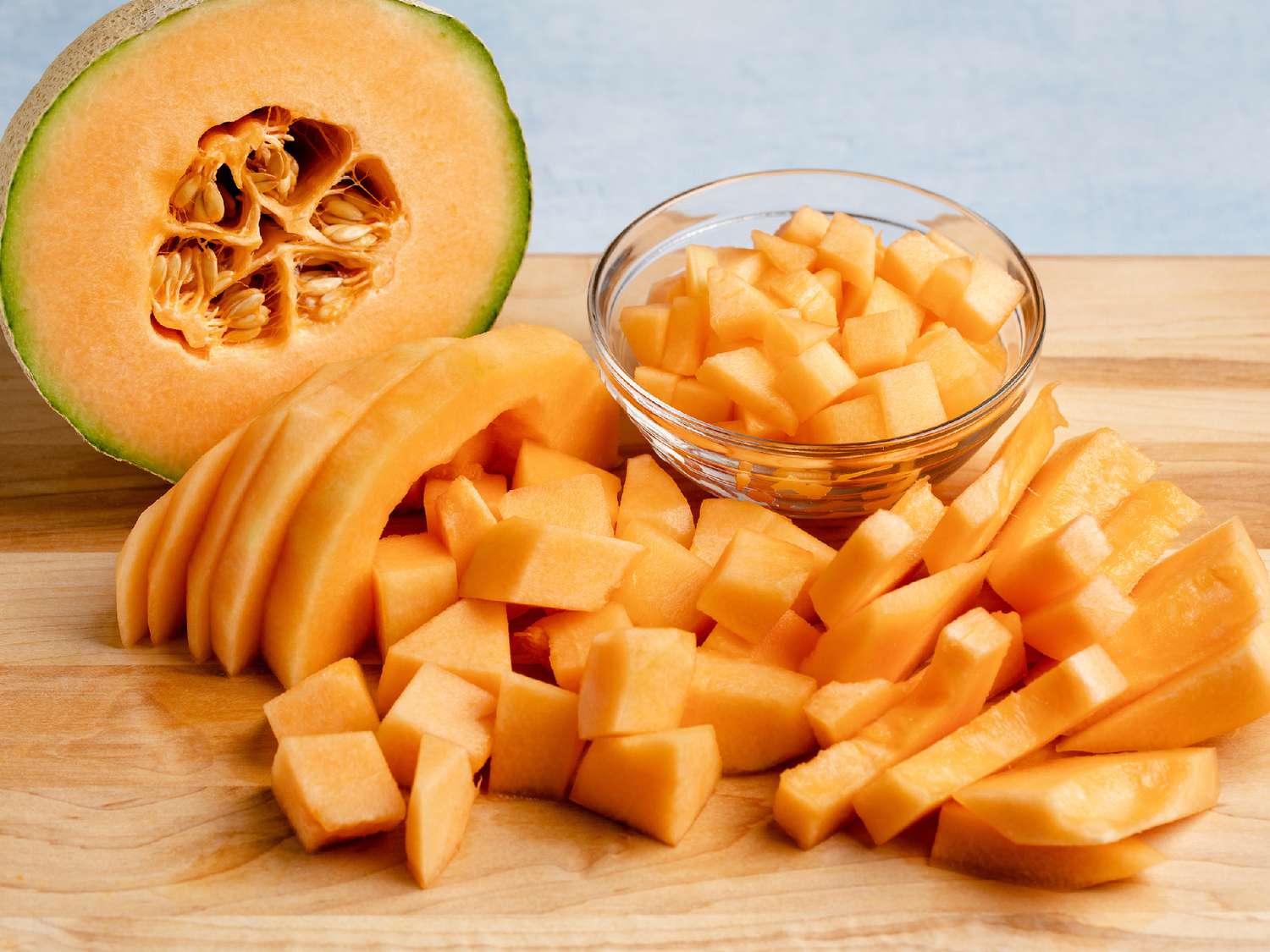
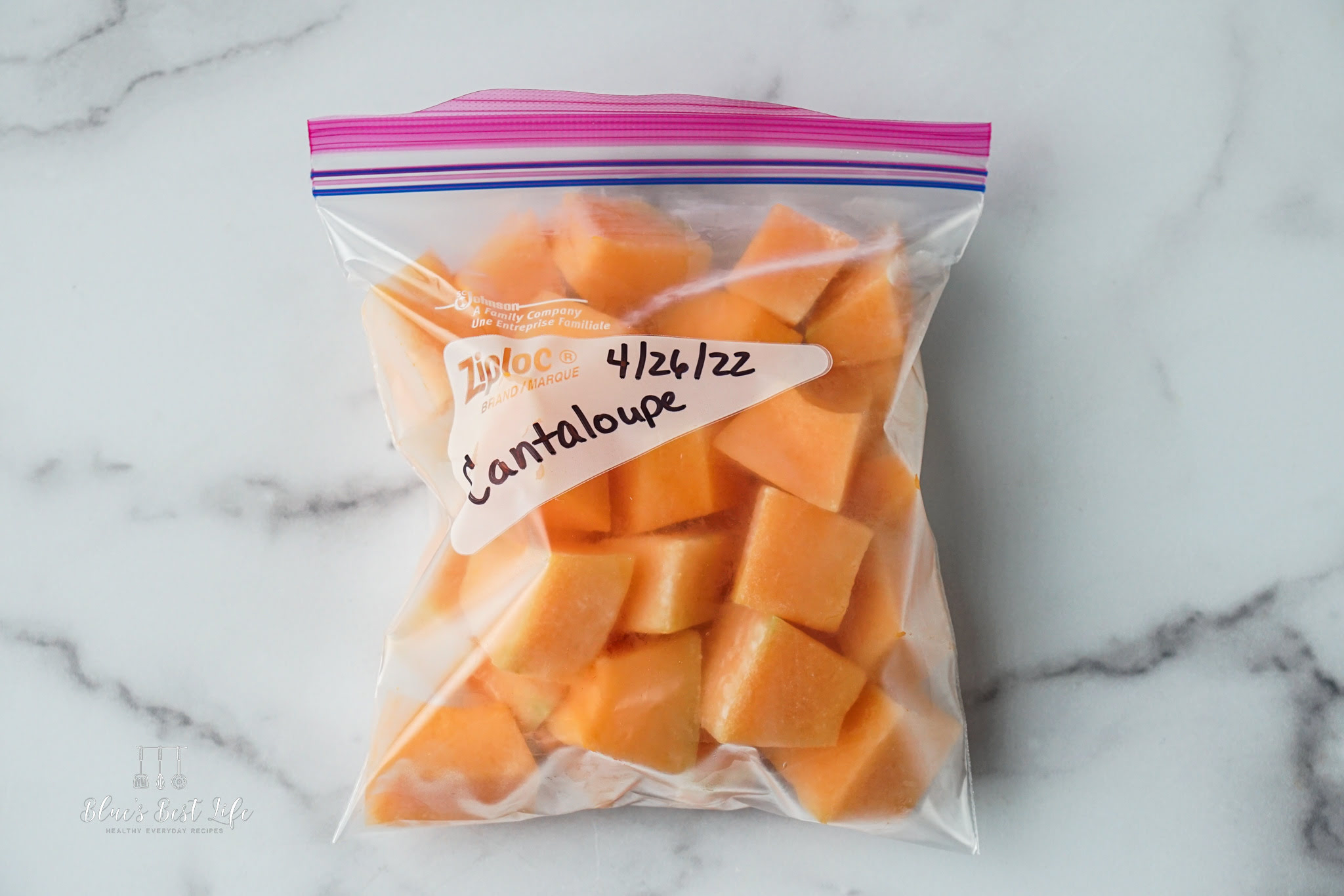
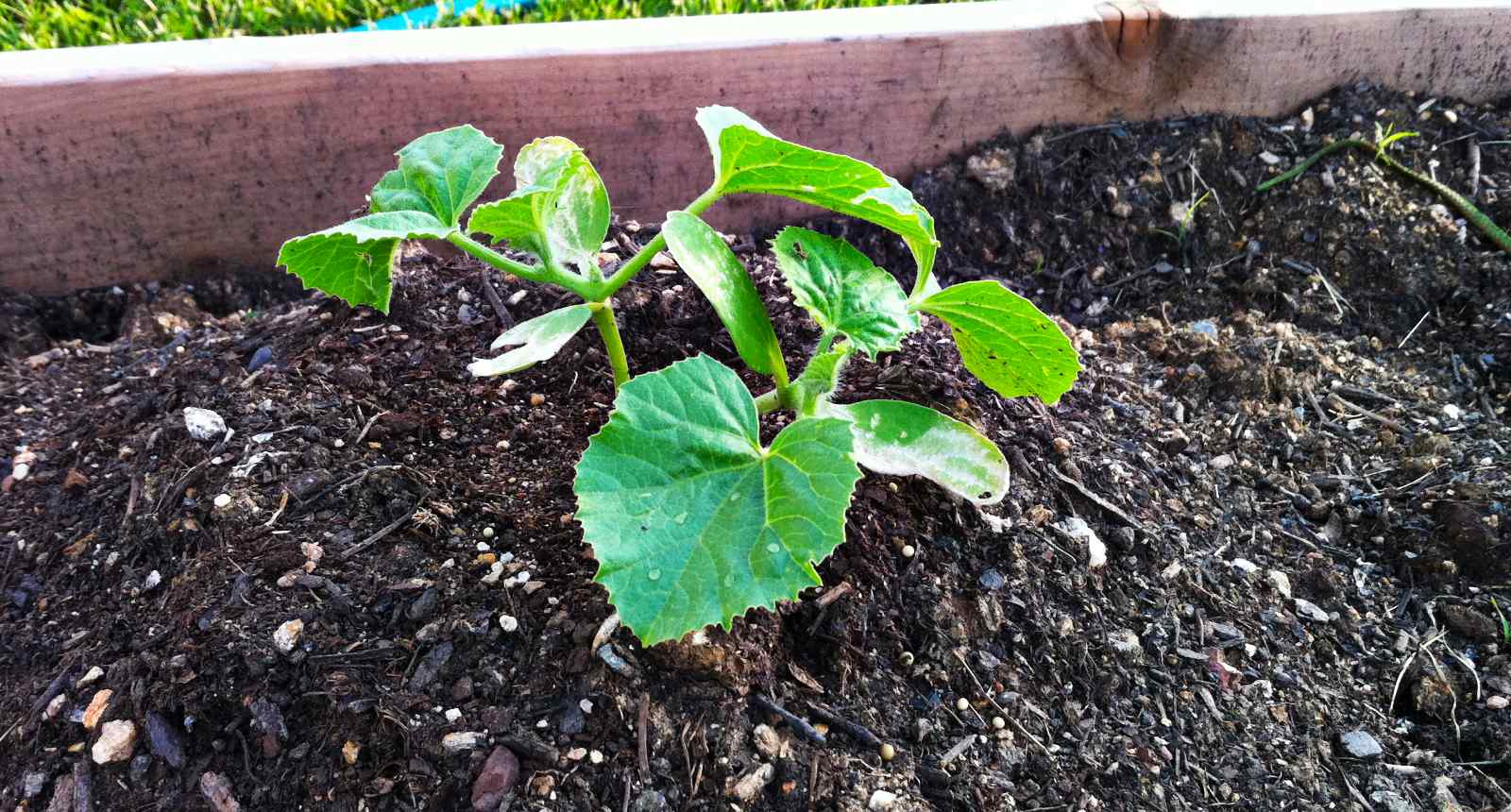
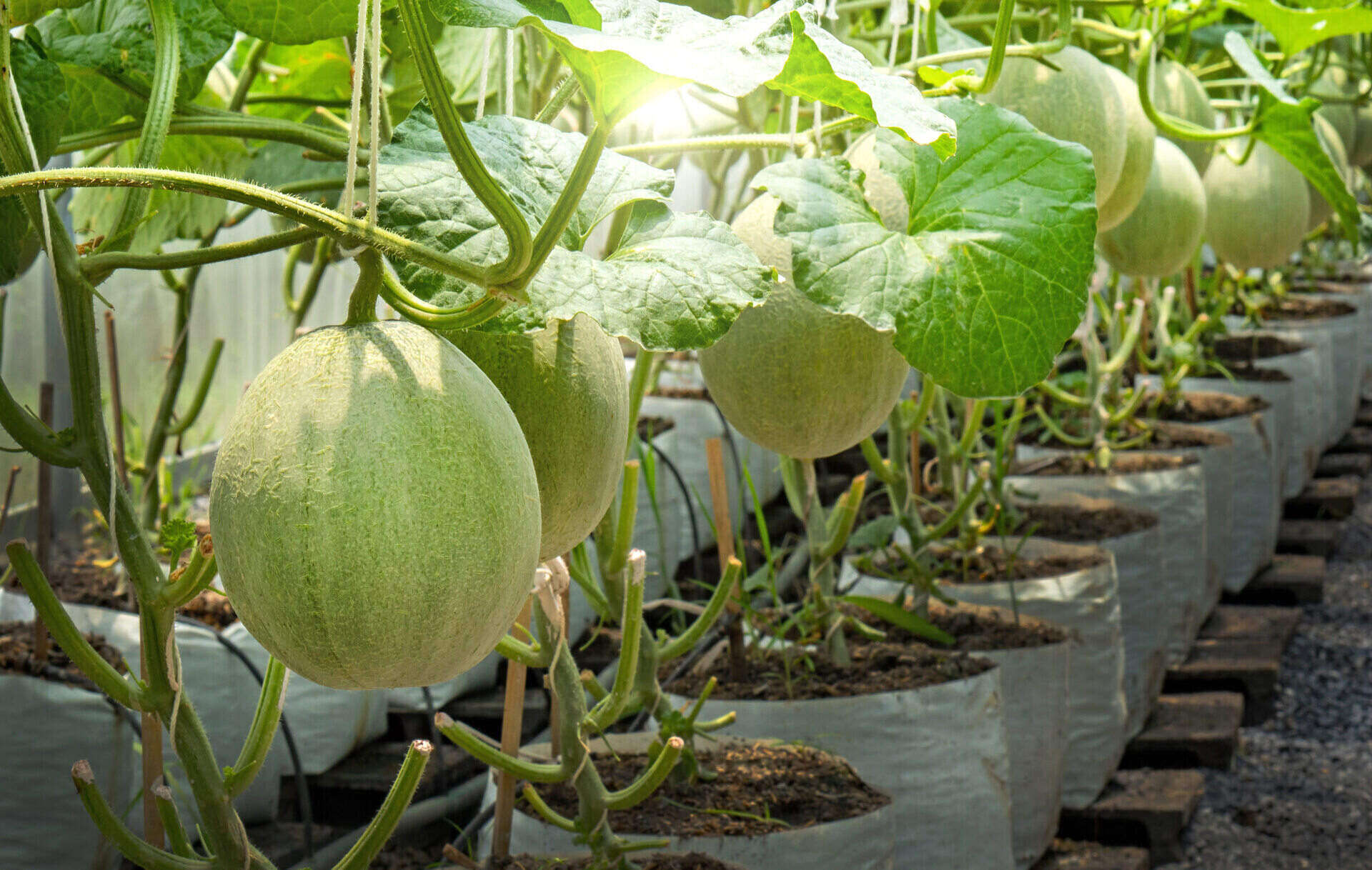
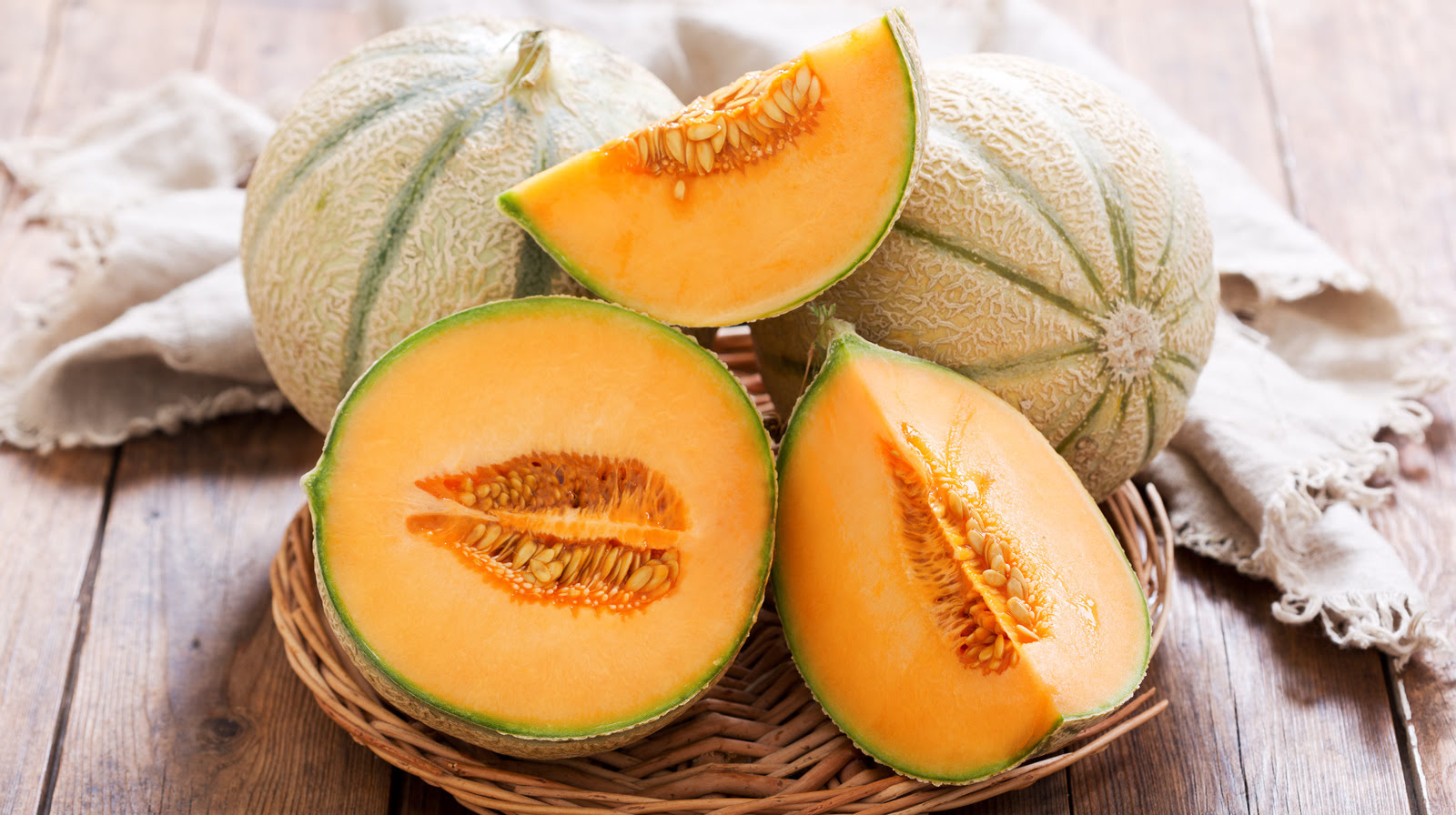
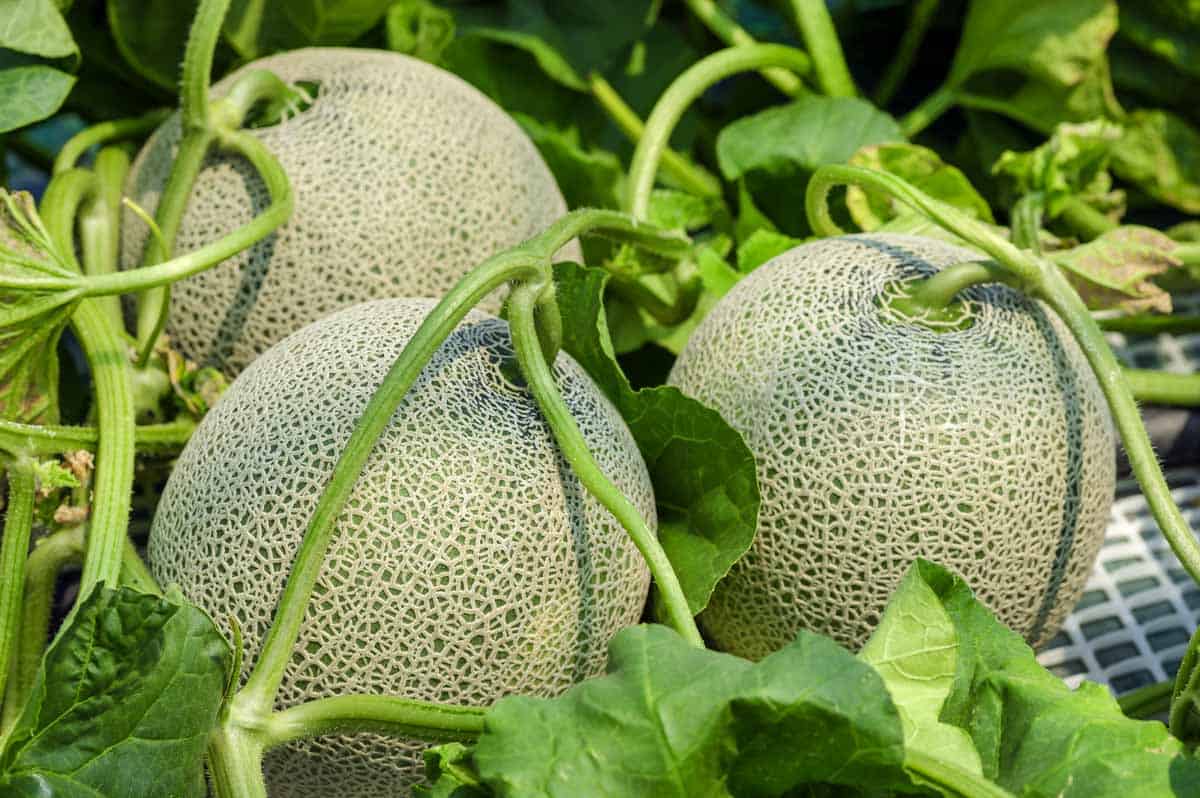
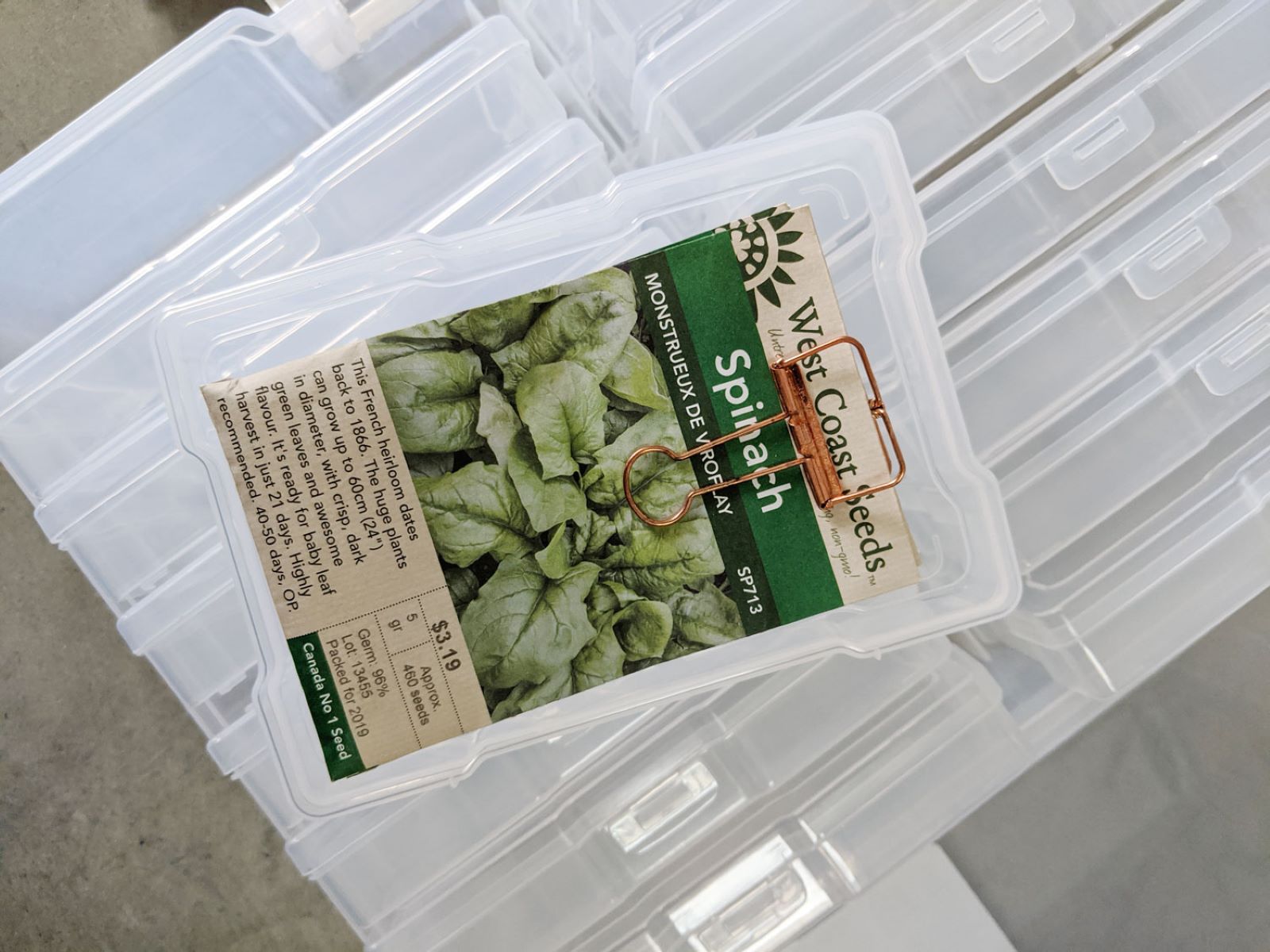
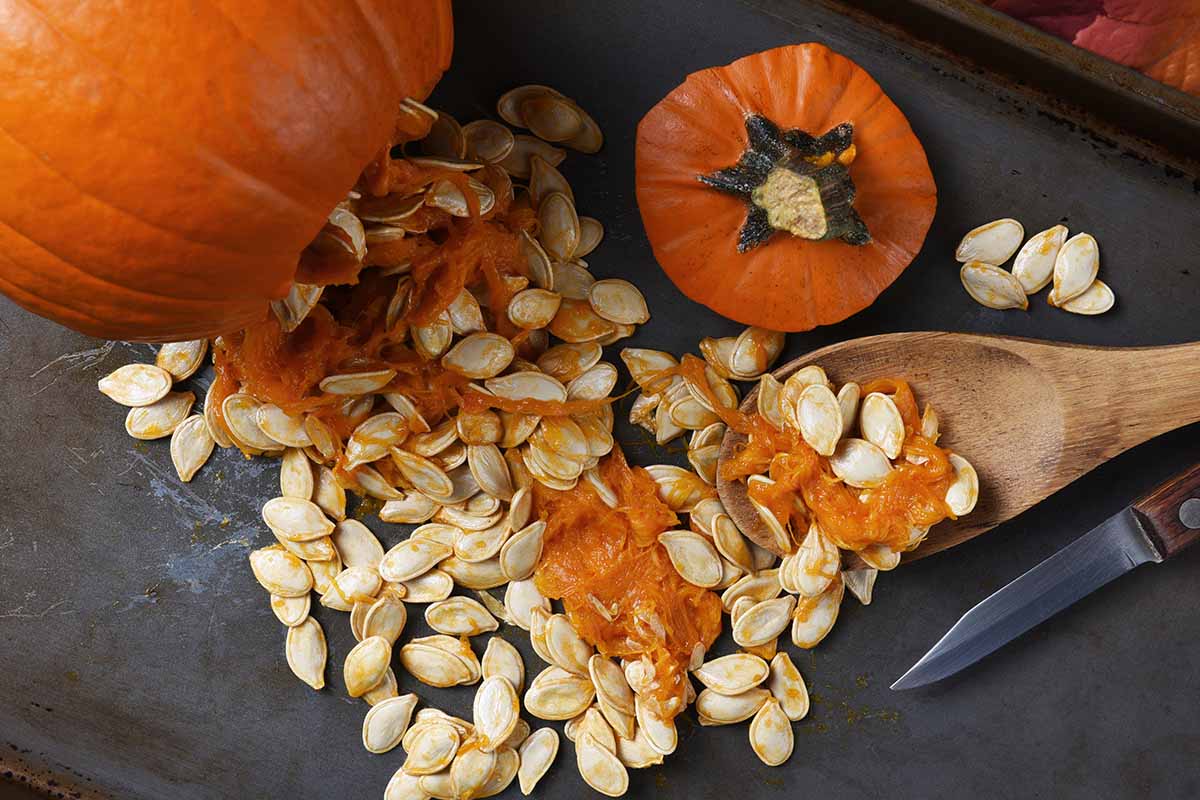
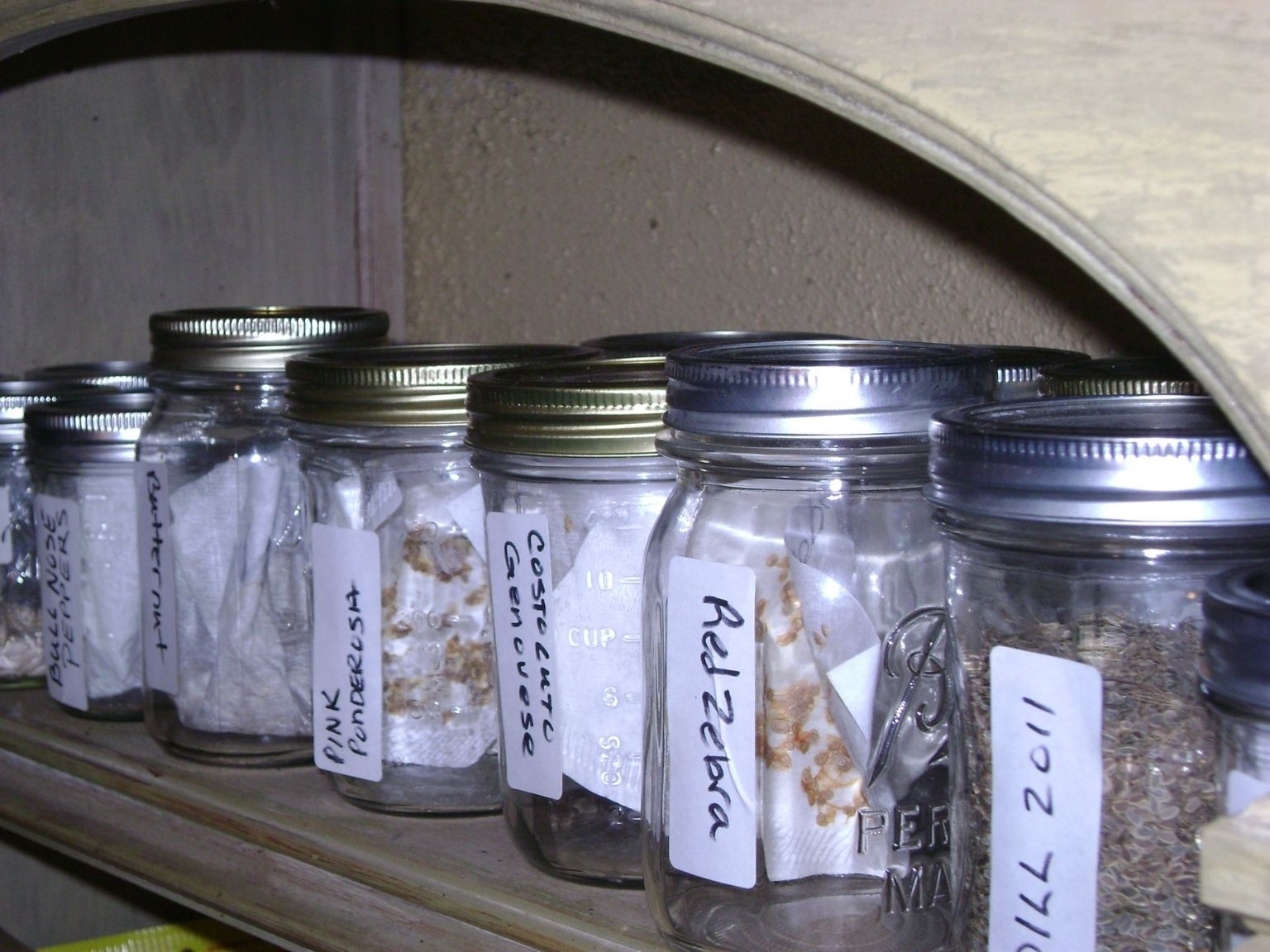

0 thoughts on “How To Store Cantaloupe Seeds”